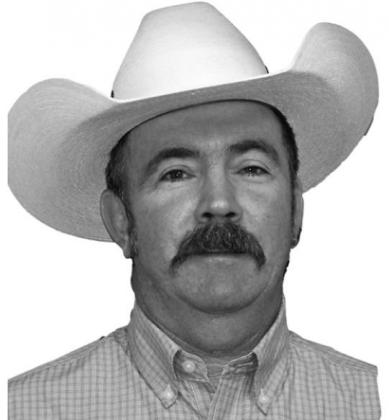Spring Management for Summer Pastures
It has surely not felt like spring lately, but it really is just around the corner and with the coming spring green-up there are many things you can do to help get your pastures and hay meadows get off to a good start once things get warm and stay warm.
I realize folks may get tired of hearing the importance of a soil test, but it probably ranks close to the top of the list if not on the top for management tools that have the highest return for your investment. Knowing what your soil needs, can not only save you money, it allows you to more effectively improve the health and vigor of your grass stand.
This is the perfect time to spray most of those spring annuals and biennials.
This time of the year you can get very good, and mostly inexpensive control of things like thistles, mustards, buttercup, and other spring weeds. Early summer scouting and spraying for most of the summer annuals like broom weed and careless weed will increase spray and cost effectiveness.
Timing will vary on summer perennials, so to get effective weed and cost control it is very important to scout and properly identify those weeds.
On rangeland this is a great time to spray cactus, and do basil spray treatments on mesquite. Once it warms up, you have to contend with grass or other weeds growing up around the cactus and mesquite, but worst of all you have to be much more leery of rattlesnakes and copperheads.
Paying attention to weed competition and control throughout the growing season, will not only save you money, it will also save water and nutrients for your grass. Every pound of weeds means a pound less of forage that could be grazed or harvested for hay.
As soon as we get some above freezing temperatures you may want to consider using the new grassbur product Rezilon. In county trials it has shown to have excellent control of all grassy weeds, but especially grassburs. It is not going to be a cheap product at approximately $32.00/acre, but if you have a grassbur issue in a hay meadow it very well may pay for itself.
Labeled rates should not exceed 5 fluid ounces per acre in a single application and should not exceed 6 fluid ounces per acre in a 12-month period. There is a limit of two applications of Rezilon in a 12-month period. For hay production, there is a 40-day restriction for any single application that exceeds 3 fluid ounces per acre. However, there are no grazing restrictions with Rezilon.
Because this is a preemergence herbicide, rainfall is necessary for the chemical to reach the soil surface and provide control of germinating seedlings. Applications of Rezilon should be made several weeks ahead of anticipated weed seed germination. In general, for control of cool season annual weeds, such as volunteer annual ryegrass, it is best to make an application in early September (Labor Day) if possible. For warm season weeds, such as grassburs, crabgrass, and goosegrass normally applications in February (Valentine’s Day) would normally be an appropriate timing for producers. However, this year’s temperatures are going to surely move the date up. I would try to have it out by the second week of March at the latest.
Compared to other preemergence herbicides, such as Prowl H2O, Rezilon persists longer on the soil surface without degradation, which gives growers more application flexibility. Therefore, it is better to apply a month too early than a day too late. When warm season forages are dormant, a tank mixture of Rezilon and a non-selective herbicide like Roundup (glyphosate) may be applied to control existing unwanted weeds. Keep in mind that weed species pressure and environmental conditions will vary.

